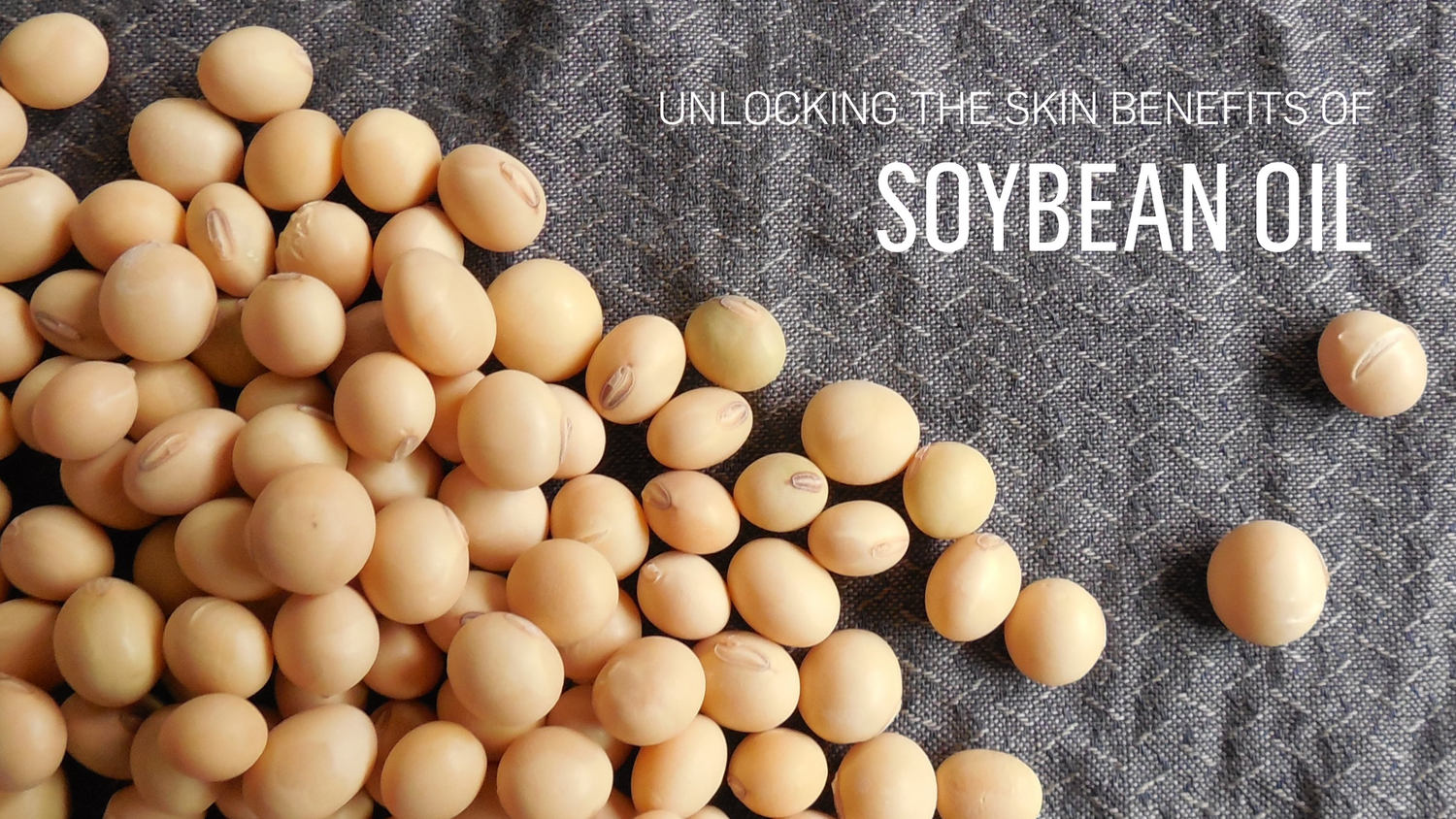In an era where environmental consciousness is not just appreciated but necessary, the beauty industry is undergoing a significant transformation. The call for sustainable beauty practices is louder than ever, with consumers and companies alike seeking ways to minimize their ecological footprint. This movement isn't just about choosing eco-friendly products; it's about a holistic approach to beauty that encompasses ethical sourcing, manufacturing, packaging, and disposal of beauty products. Let's dive into how we, as consumers, can contribute to sustainability through our actions and shopping decisions, nurturing a healthier planet while indulging in our beauty routines.
Understanding Sustainable Beauty
Sustainable beauty is multifaceted, involving ingredients, packaging, and production processes that are environmentally friendly and ethical. This means prioritizing products made from natural, organic ingredients over synthetic ones, which are often derived from petroleum and other non-renewable resources. It also involves choosing brands that employ renewable energy sources in production and opt for recyclable, biodegradable, or reusable packaging.
How Consumers Can Make a Difference
1. Educate Yourself on Ingredients
The first step towards sustainable beauty is understanding product ingredients. Look for products with natural, organic ingredients that are less likely to harm the environment. Avoid products containing microplastics, which contribute to ocean pollution, or those sourced from endangered plants and animals.
2. Choose Eco-friendly Packaging
Opt for products with minimal packaging, or better yet, packaging that's recyclable, compostable, or reusable. Many brands are now offering refillable options for products like shampoos, conditioners, and makeup. This not only reduces waste but often proves more economical in the long run.
3. Support Ethical Brands
Support brands that are transparent about their sourcing and manufacturing processes and commit to ethical practices, including fair labor conditions and animal welfare.
4. Embrace Minimalism
A minimalist beauty routine not only saves time and money but also significantly reduces waste and environmental impact. Investing in multi-purpose products can diminish the number of products needed, thereby reducing the overall consumption of resources.
5. Waterless Products
An emerging trend in the sustainable beauty movement is the rise of waterless products, which not only conserve water, a precious global resource, but also reduce weight and volume in shipping, lowering carbon footprints. Traditional beauty products can contain up to 80% water, contributing to their environmental impact through increased transportation emissions and unnecessary water usage. Waterless products are concentrated, offering the same effectiveness without the filler, leading to less packaging and more efficient shipping. From solid shampoos and conditioners, bar soaps to powders that activate with water, these innovations are not only eco-friendly but also highly effective and long-lasting. Embracing waterless products is a significant step forward in reducing our environmental impact, highlighting the beauty industry's capability for innovation and sustainability.
The Ripple Effect of Sustainable Beauty Choices
Embracing sustainable beauty practices can create a ripple effect, encouraging more consumers and companies to consider the environmental impact of their beauty routines. As demand for sustainable products increases, companies are incentivized to innovate and adopt more eco-friendly practices. This not only helps in conserving natural resources and protecting ecosystems but also promotes a healthier lifestyle for consumers.









